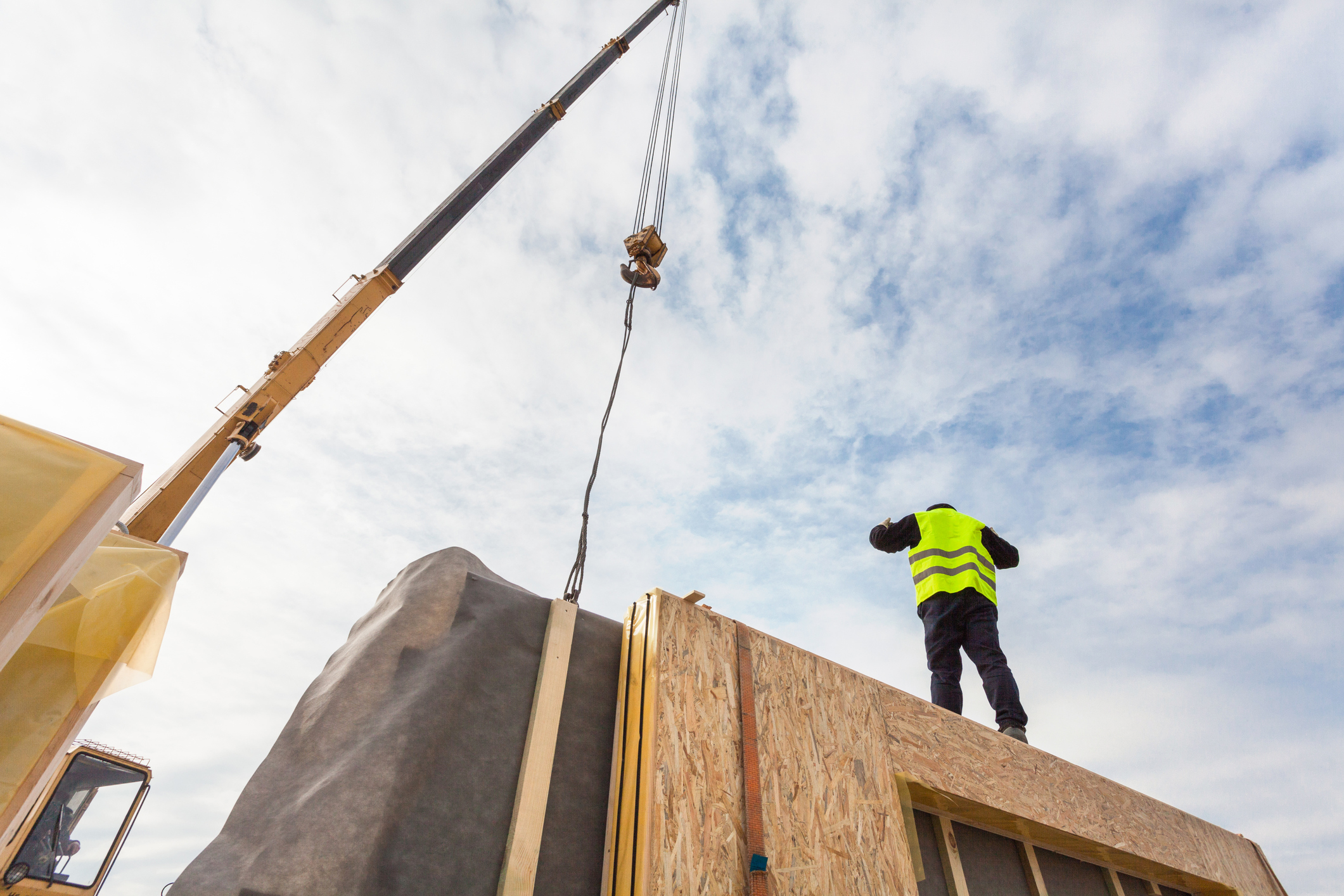
Ben O’Connor, Development Manager at Kajima, discusses the case for using modular housing to address the UK’s housing crisis.
Modular houses have the potential to ease the current housing crisis in the UK. Responding to this, the Government has pledged to build one million homes by the end of 2020, at least 100,000 of which are to be ready-made.
Given that some modular UK housebuilders claim to be able to build a house in 20 days, this target should be highly achievable. However, residual perceptions associated with poor quality and post-war prefabs, combined with structural issues, are restricting the growth potential of this sector. Only by addressing these issues will supply be released and modular housing be allowed to fulfil the role it could play in addressing the critical shortage of affordable housing in the UK.
Modular’s post-war perception hangover
Modular housing is not a recent innovation. It first appeared en masse in the UK as part of a delivery plan to address the UK’s post WWII housing shortage in 1944. These modular houses were characterised by their limited design and poor-quality construction. This perception has proven stubborn, negatively impacting demand.
The common misconception is that modular homes are not aesthetically pleasing. However, recent advancements in prefabricated homes mean it is now possible to own a modular home of bespoke design, constructed from quality building materials.
Modular homes are not only attractive, affordable and sustainably developed, but they can also use space and resources efficiently. Swedish company Add-A-Room has designed a system whereby those needing extra space can add a 15sqm module. This offers homeowners a flexible and affordable way to modify their homes to meet their varying lifestyles.
Once the perception lag has been addressed, modular homes could become popular amongst the UK public, stimulating developer, bank and lender interest.

The price quality matrix
For housing developments to be built, the fiscal benefit has to outweigh the total construction cost. Bespoke and smaller scale modular housing is prevalent but an investment in volume manufacturing is needed to bring costs down.
Following the Housing White Paper, local authorities were encouraged by central government to consider the use of offsite construction, but this poses many challenges not only in determining planning applications but also for landowners under obligation to achieve best value for all surplus land holdings.
Councillors and authors of local plans policy often identify design quality and aesthetics as important factors in determining planning applications. However, at present, the time frame has not be sufficient to update local plans or provide national planning policy guidance on modular or offsite construction. Equally, development control departments are suffering from significant skills shortages following years of public sector austerity, meaning that all modular housebuilding proposals receive no more credence or priority than traditional housebuilding sites.
Finally, as landowner, unless the local authority has explicitly expressed a desire for offsite/modular manufacturing or a need for rapid construction methodology within their procurement documents for land development, offsite manufacturers and developers will struggle to compete with traditional housebuilders who, through control of their supply chain and costs, can in many cases offer best land receipt for sites.
The obvious, but unlikely answer would be for central government to increase budgets and we are aware that MHCLG/Homes England is preparing a number of initiatives to support the use of offsite construction on public sector land. In addition, a decision by the Greater London Authority’s Assistant Director of Housing to commission a common framework for ‘delivering precision manufactured homes at scale in London’, could herald the beginning of such standardisation. Greater standardisation could reduce costs associated with modular housing by removing the need to originate designs for every development and leveraging economies of scale for manufacture.
Labour skills shortage
The UK is facing an unprecedented construction labour skills shortage, threatening the Government’s plan to build the one million homes needed by 2020. The issue is compounded by a diminishing number of apprentices entering the sector due to a lack of funding for apprenticeship schemes. This is problematic considering a quarter of the construction workforce is now over the age of 50, with 400,000 of these workers due to retire within the next decade.
With its standardised design and factory-centric construction, modular could offer a solution. Only a semi-skilled labour force is needed to build prefabricated homes, meaning a workforce can be trained up n a matter of months without compromising on quality of design or materials.
The high cost of housing is by far the biggest contributor to housing inequality in this country. Average rents in Britain are almost 50% higher than those in Germany or France and innovative solutions are crucially neededr. Modular housing can offer the solution as they are much more efficient to build, taking as little as three days to complete.
In March 2018, the Government’s pledged to build 100,000 modular homes. However, the structural and cultural issues currently choking the development and construction of modular housing must be addressed if we are to confront and combat the affordable housing crisis facing the UK.








